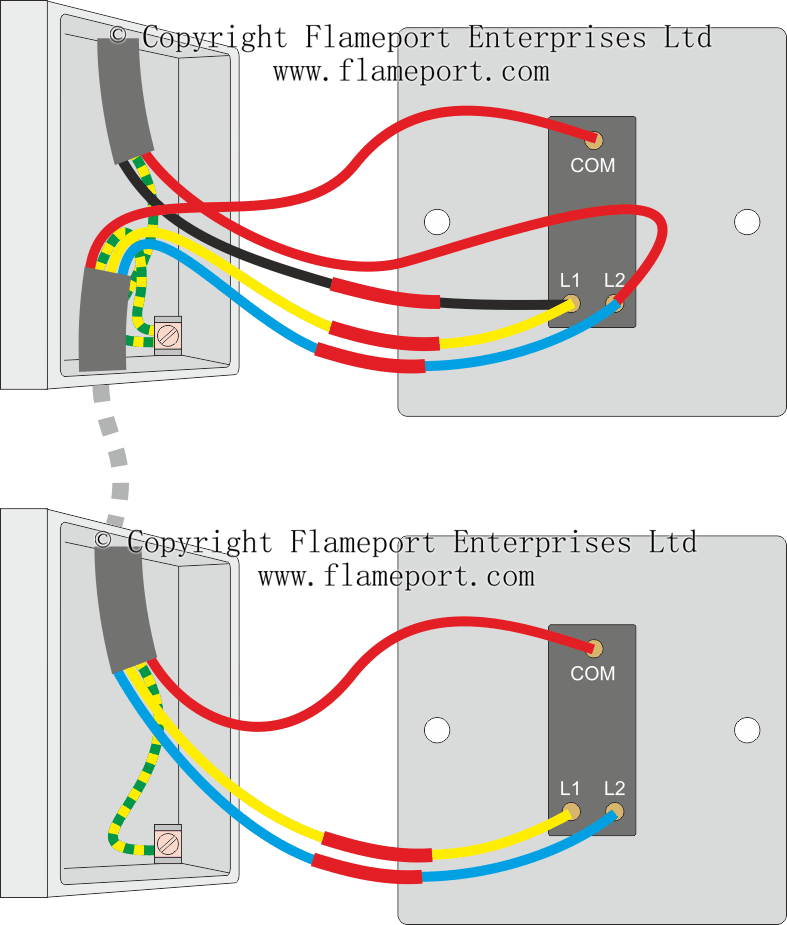

That makes them difficult to use, if not unsafe. They almost never have a metal inner winding and are commonly undersized. Never use the included “wire nuts” that come with ceiling fans. Here’s how this electrical connection looks: Some prefer method #2, while others (myself included) typically opt for this method. This wiring method is completely up to you. You don’t have to walk over and pull the chain to stop the fan motor. This lets you turn the fan on and off with the wall switch (along with the light). It switches power for both the fan and the light kit from the wall switch.

This is a slight adaptation of the above method. Switching the Light AND Fan from the Same Switch (Single Switch) Make your connections for the neutral and ground wires, and you’re all set. This also keeps the fan usable regardless of the position of the wall switch. That lets us use the fan’s pull string to turn it on and off. Note that we opted to wire the fan motor directly to the power source. While we show a small strip of electrical tape, we recommend actually wrapping it around all the exposed white wire.

This indicates (to you or anyone else who works on the circuit in the future) that it is indeed a “hot” wire and not a neutral line. If you do this, wrap black electrical tape around the exposed white wire. Many people use simple 12/2 (Romex) with a ground wire to make this loop. Wiring this type of electrical connection looks like this:Īs you can see, we switched the hot line going to the light kit by inserting the switch. It’s certainly an acceptable wiring method and the fans all come with pull string switches to control the fans and light kits. It does require that you have the ability to bring power directly to the fan from a nearby location. We recommend this method when you simply cannot run a switch into the room. Powered Ceiling Fan and/or Light Without Any Switches (No Switches)


 0 kommentar(er)
0 kommentar(er)
